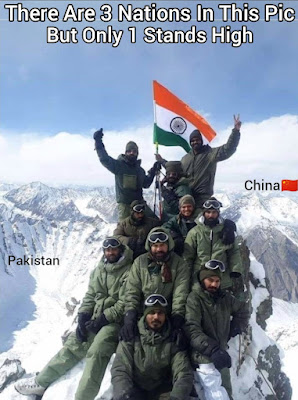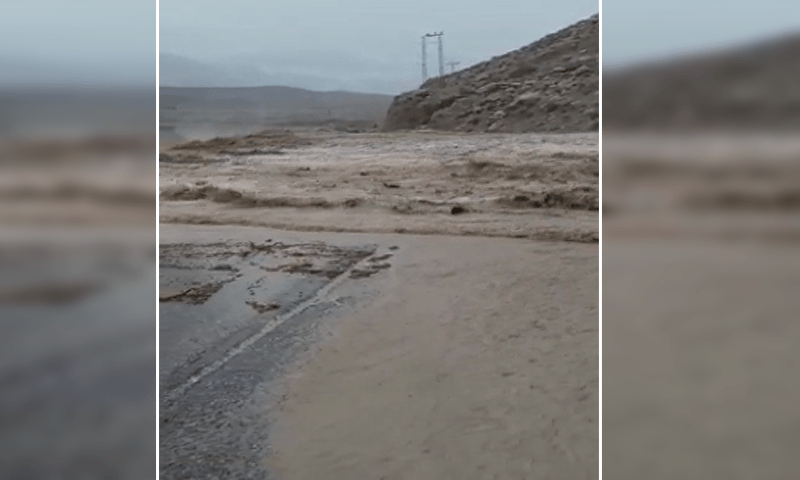India's troops in strategic advantages along its borders
Mother nature has been very kind to India, giving it a potential advantage in terms of economy, culture, climate, tourism, etc. although, unfortunately, this has neither been reciprocated nor has the potential been utilized.
- A Separate Subcontinent
India is a distinct geographical unit bounded on the north by the ranges of the Himalaya and Karakoram, on the north-west by the mountains to the west of the Indus, on the north-east by the hills of Assam and Cachar, and everywhere else by the sea, forming a distinct subdivision within the continent. Its not a surprise that this area is called the Indian Subcontinent.
- Less Number of Invasions in the Past
In ancient times, when no power attempted to assert full command of the sea, a country so largely surrounded by the ocean was inaccessible for the most part, and could be approached by land through its continental section only. The north-eastern hills and the gigantic Himalayan and Karakoram ranges present comparatively few passable openings, and none easy of passage for considerable bodies of men. But the hills west of the Indus are pierced by many passes more or less open. The main land gates of India are on her north-western frontier, and this physical fact dominated her history for thousands of years, avoiding thousands of potential invasions. It was only when water navigation developed in European countries did India become a colony.
- Earliest Human Civilizations
The northern plains being made fertile by Ganga and Indus, combined with availability of water for other daily purposes led to the development of one of the earliest human civilizations in the world. And this laid the foundation of development of what we have today in the entire world - market, arts, farming, administration, etc

- Economic Advantages
Due to geographical position, China and India became the two most prosperous regions in the world with the highest living standards at around 0 BC. Economic activities like farming and places like markets were well established. Long coastline also created many natural ports and harbors. This led to the establishment of cities like Mumbai and Kolkata near the ports.
- A Unique, but Diverse Culture
A very diverse geography is one of the primary reasons for diverse culture in India. We have desert, mountains, plains, coastal areas, plateau having diverse climatic conditions and natural resources which shaped regional habits and culture. Then a broad belt of hill and forest running from the Gulf of Cambay on the west to the mouths of the Mahanadi on the east, along with Vindhya and Satpura mountains and river Narmada separates North from South India. This barrier was difficult to cross in ancient times which is clearly reflected by almost distinct culture between the 2 regions.
- Influence on Climate
The lofty Himalaya Mountains form a barrier which prevents the cold winds of north Asia from blowing into India, thus protecting it from severely cold winters. It also traps the Monsoon winds, forcing them to shed their moisture within the sub-continent. India lies between 8 N and 37 N latitudes. The Tropic of Cancer passes through the middle of India, thus making the southern half of India in the Torrid Zone and the northern half in the Temperature Zone, which is responsible of different climate due to wind patterns, etc.
- Tourism for Everyone's Taste
As I mentioned before, India has everything. I have been to various European nations and the US and can say that if natural resources are better developed and made more accessible in India, then Himalayas can beat Switzerland, Thar desert can take over Death Valley, Goa over famous beaches. Then we have forests and lagoons in Kerala, various lakes, rivers, etc.
In a nutshell, India's location offers it with numerous advantages that can easily take it to the top. This is clearly reflected by the fact that the subcontinent was the most advanced region in the BC era - when nature was the primary source of development. But then the social structure, policies and various other things (which are outside the scope of this answer) decelerated its growth.



Comments
Post a Comment